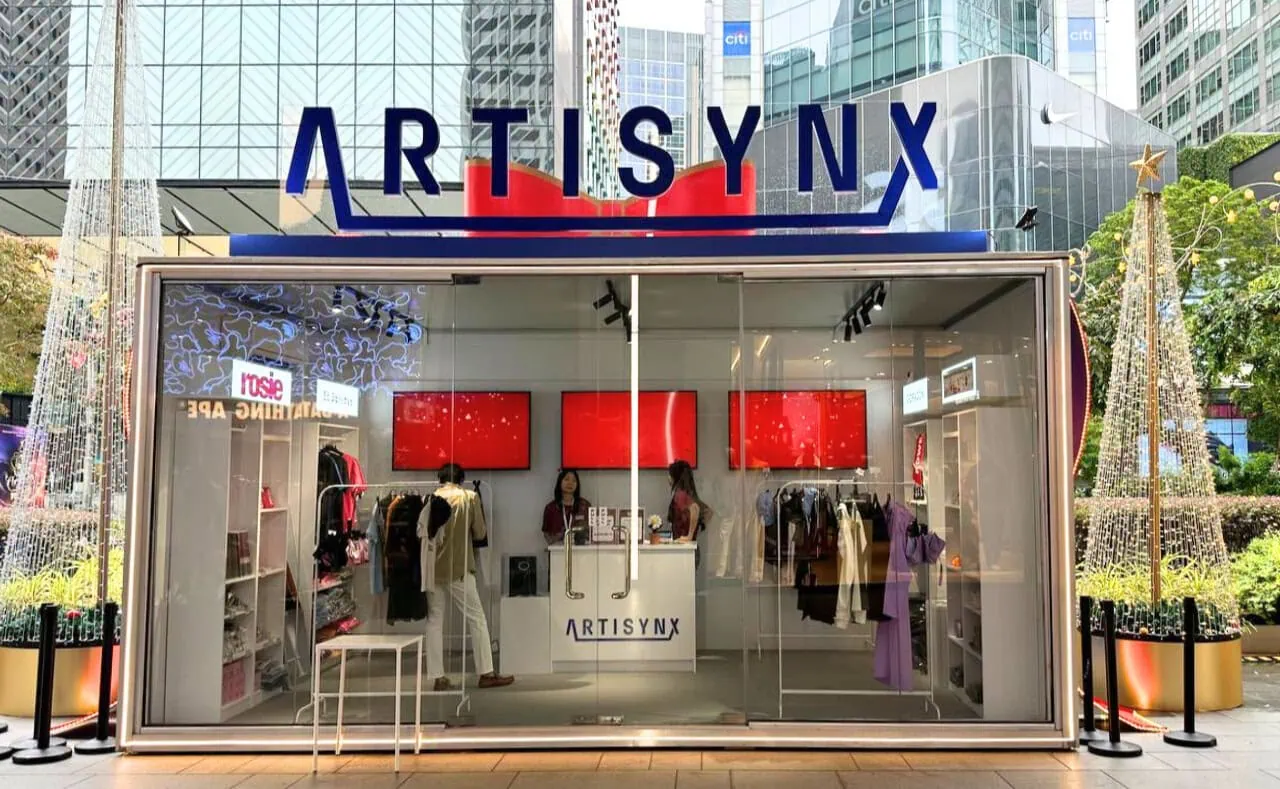Dawn Bey, fashion designer of her eponymous studio and co-founder of an iron-on patch business Pew Pew Patches, delves beyond the aesthetics. Frustrated after completing her marketing degree at NUS Business School, she took a leap of faith to study fashion design in Hong Kong at SCAD Hong Kong. The fresh graduate has since returned to Singapore and she shares about her experiences in the industry.
I’ve found that creativity is something that has to be constantly cultivated and challenged. I am responsible for seeking out places which inspire me and to constantly tap into the scene.
Anyone can live in the most inspiring place in the world and not be inspired, so I believe the designer is responsible for their own creativity and not the city.
How has studying in Hong Kong inspired you in your work?
Dawn: I believe because I left familiar ground (Singapore) to be in a place that was new to me and pushed me out of my comfort zone, it helped me to re-invent myself as a person and explore my design aesthetic.
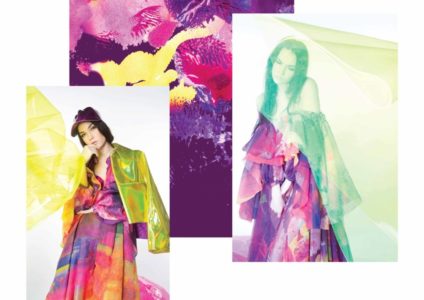
So what do you love about Hong Kong?
Dawn: I loved how Hong Kong was steeped in Chinese tradition – it helped me discover my own culture because it seems pretty watered down in Singapore.
I can’t not mention the luxury of being schooled near the fabric market in Hong Kong! They have so many options and affordable fabrics for experimentation which helped me push forward ideas which wouldn’t have been possible in Singapore.
Do you think that Singapore is the stereotypical image of being ‘restrictive in creativity’?
Dawn: I actually left Singapore feeling that it was stifling and after moving back, I do feel that it tends to be much slower and less inspiring than Hong Kong because everything is so ordered and planned.
Why design clothes uniqlo or zara could easily make? :/
— Dawn Bey (@dawnbey) March 23, 2017
What about Hong Kong?
Dawn: I am an experimental designer by nature and Hong Kong was constantly full of random juxtapositions that sparked off creative thoughts. A graffiti out of nowhere or random pile of prawn shells on the floor, when you take something out of its usual context, it brings a lot of questions.
How was your transition back into Singapore?
Dawn: After moving back, I’ve found that creativity is something that has to be constantly cultivated and challenged. I am responsible for seeking out places which inspire me and to constantly tap into the scene. Anyone can live in the most inspiring place in the world and not be inspired so I believe the designer is responsible for their own creativity and not the city.
With that being said, having space to be creative in a city is a different subject altogether.
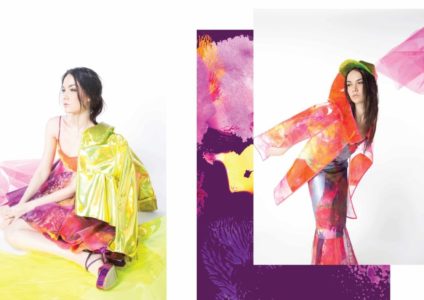
So how do you challenge your creativity?
Dawn: Travel if need to. Fly budget, stay with friends and rough it out! This is something I’m still struggling with and learning to manage. It’s easy to fall into a routine and a comfortable life here in Singapore. It just creates inertia to be creative but that’s something for me to overcome personally.
I believe we have the potential, especially if we come together as a community. There are some brands that are showing lots of potential so I’m optimistic!
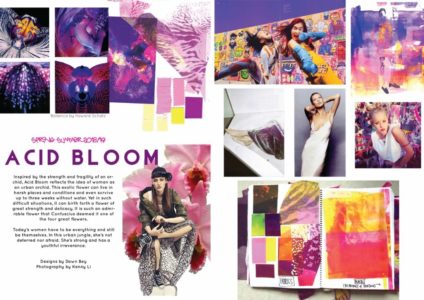
From your experience, how does the fashion scene differ between Singapore and Hong Kong?
Dawn: I feel that the Hong Kong customer is more ready to support the local designer more than the Singapore customer. However, I don’t believe that a designer should tout themselves purely as a local designer and hence feel like they deserve to be supported.
What about industry support?
Dawn: When we organised our own graduation fashion show, the local brands were willing to sponsor and lend us their shoes or space. It helps a lot when the industry supports local designers especially when they’re young brands because being cash strapped, all kinds of support help a lot!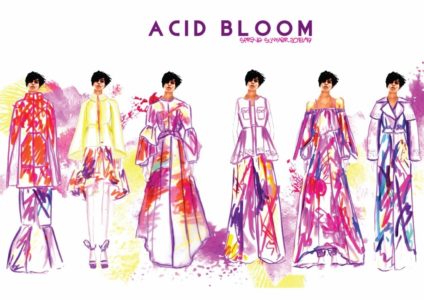
So do you feel that Hong Kong has more potential in the marketplace?
Dawn: I feel that Hong Kong seems to be in a more international market. A lot of headquarters for brands in the APEC region is in Hong Kong so they have more international events, celebrities visiting and thus more international exposure. That has made the customer there more outward thinking.
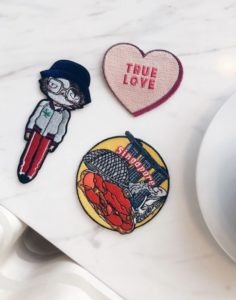
We know that you also co-own the “Pew Pew Patches”, an iron-on patch business. How do you juggle this business with your clothing line?
Dawn: It can be difficult to juggle because they are very different! Patches is more mass market and much more affordable. I think a lot of designers understand the struggle between being affordable and commercial versus being creative and progressive.
What is your idea behind the patch business?
Dawn: I’ve always like simple straight up witty things so I spent much of my younger years liking tongue-in-cheek fashion accessories from Kate Spade or Jeremy Scott. But after heading into fashion school, I fell in love with the creative, more philosophical side of designing which wasn’t as literal as I used to like.
Therefore, the patches were an outlet for me to channel my tongue-in-cheek thoughts and keep it simple, fun and witty. I wanted to make patches that were relevant for our times.
It was also a way for me to gain real practical experience in the merchandising side of fashion from meeting vendors and brands while directly meeting customers and hearing what they liked.
https://www.instagram.com/p/BSgFTIvB5am/?taken-by=dawnbeystudio
==
Stay updated and social with Popspoken: Facebook | Twitter | Instagram



